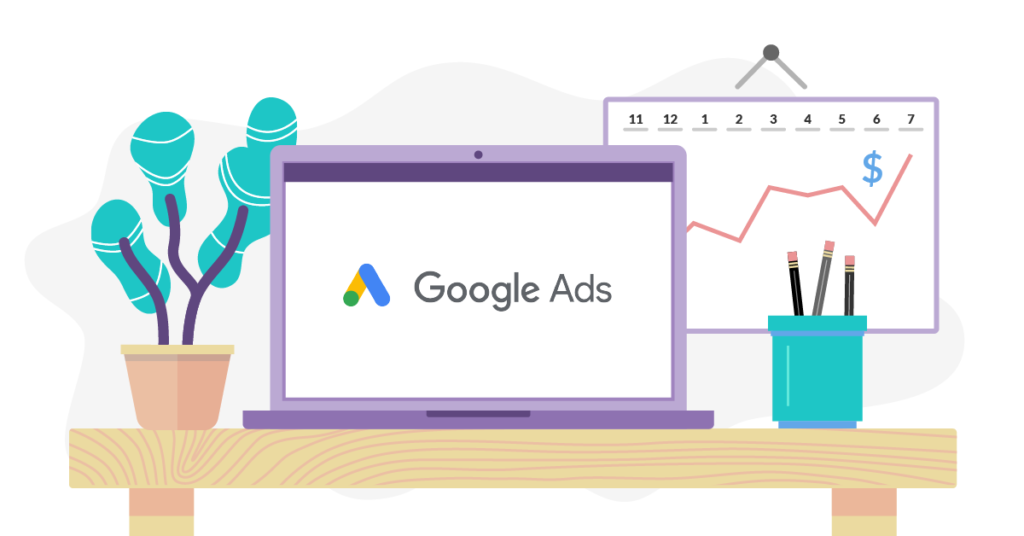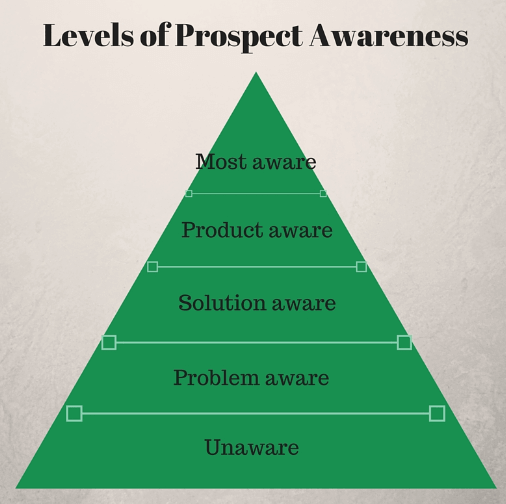If you’re an aesthetic practice looking for immediate exposure online, then you need to consider running ads. Two of the largest platforms to run ads on are Google and Facebook.
So, which one is best?
Comparing Google and Facebook is like comparing apples to oranges. They’re very different on so many levels. Before you even consider which platform to utilize, you need to ask yourself why you’re running ads in the first place?
The true answer to this question lies in your marketing objective. What are you looking to accomplish? If your goal is, like any practice, to generate more leads and more new patients then both mediums can likely help you. Which is better depends on which medium provides the best fit for specific needs.
To truly understand paid media and the different advertising options available with Google & Facebook ads, you first have to understand how each of the platforms work and which types of ads work best..
Google Ads
Google ads are not just search ads. Their platform offers many styles of advertising that can help a business owner accomplish many different objectives. In addition to search, there’s display, video, and shopping ads.
The most popular form of Google Ads is Google search ads, which follow a pay-per-click model. You place a bid for a keyword or group of keywords and based on your bid and your quality score your ads will appear in various positions for queries involving your keywords. You only pay Google when someone clicks your ad.


Biggest advantage of running Google Ads:
- high intent level of prospect
- high awareness level of prospect
- nearly 90% of the search market share
High intent and awareness level of prospects who are searching. In other words, there are people out there actively searching for solutions that your aesthetic practice offers. The prospects are almost always, at a minimum problem aware. In many cases, the searcher is solution aware or even provider aware.
This awareness pyramid is something every marketer should understand as they not only need to know who their target market is, but where are they in the research and buying cycle?


There are prospects out there that have a problem that you can solve, they just don’t know the solution. These are problem-aware prospects and they are searching for terms such as:
- reduce belly fat
- get rid of muffin top
- how to eliminate excess stomach fat
Then there are also prospects who not only know they have a problem, but they know of solutions or products and are exploring them. These are solution-aware and product-aware prospects and they are searching for terms such as:
- liposuction
- how much does a tummy tuck cost
- best coolsculpting deals
Keep in mind that this advantage hinges on which keywords you utilize.
Biggest disadvantage of running Google Ads:
- can be expensive
- need to be actively managed and adjusted
- Google is sensitive to nudity, claims, and even mention of “PRP” so you need to be careful with your ad copy and landing pages
The cost. Google search ads can be expensive, in some cases over $10 per click, so carefully consider which procedures have the best or highest profit margins. This is why Google Ads work very well for plastic surgeons; many of their procedures are $10k or more, so even spending $2k on a single lead that converts into a new patient can result in huge ROI on the front-end transaction.
Conversely, for a med spa or dermatologist wanting to push Botox at $10/unit, Google Ads might not be your best medium, especially if you’re spending $5 or more per click! The only instance where that makes sense is if your practice considers Botox a loss leader (they can take a loss on the front-end transaction) and they have a thorough process for upselling these new Botox patients (they have a comprehensive backend funnel and upsell offer).
If you’re using the right keywords and your call to action focuses on selling the consultation, then you can generate big ROI because of the intent level of those searching on Google.
Google display ads are often much cheaper than search ads, but the intent level of the prospect drops as these ads target demographics, interests, and topics as opposed to search engine queries.
If you have the budget, I recommend some combination of Google search and display ads. Google video ads can be effective as well, if you have quality video, but it makes sense to start with Google search before expanding to display or video ads. The reason is that Google search targets prospects who are further along in the marketing funnel based on intent. This means they’re closer to taking action. Google display and video ads are more top-of-funnel focused, meant primarily to build awareness and peak interest.
Keep in mind that if you’re considering Google display and Google video ads, you need to think about your audience targeting and your messaging. This game plan will mirror how your map out your Facebook ads game plan. More on that below…
Facebook Ads
There has never been a platform in the history of our modern-day marketing world that has allowed you to pinpoint target just about anyone in the world. There has also never been one single platform with over 1 billion users.
Until Facebook.
According to Statista, in Q2 of 2020, Facebook saw over 2.7 billion active monthly users! According to Pew Research, 69% of Americans are on Facebook and 74% of American Facebook users use Facebook daily. Statistically, people spend more time on Facebook each day than they spend time on food prep or clean up!
Bottom line, your prospects and prospective patients are on Facebook, and they are paying attention.


Biggest advantages of running Facebook Ads:
- Affordable advertising option, especially compared to Google search ads
- Low barrier to entry due to intuitive user interface
- Pinpoint targeting
- Thousands of targeting options based off of user interests, demographics, and behaviors
- If done correctly, aesthetic practices can make a tremendous ROI on ad spend
- SCALABLE
- There are no demand or search-driven parameters hindering how much you can spend
Biggest disadvantages of running Facebook Ads:
- Facebook ads target the unaware consumer
- If done incorrectly you can waste a ton of money
- The margin for error is very high on Facebook Ad Platform
- They need to be actively monitored and adjusted
Facebook ads tend to target the unaware consumer. This is a disadvantage relative to Google Ads, but that doesn’t mean we’re not targeting buyers. The key is narrowing down your targeting with the right messaging and the right offer.
While the unaware prospect is less likely to opt-in to schedule a consultation for surgery, that doesn’t mean plastic surgeons can’t be successful running Facebook ads. That said, the lower ticket, non-surgical procedures tend to generate much higher conversion rates, so if you’re running a med spa or dermatology practice, I would strongly consider Facebook ads.
The Verdict
Both Google and Facebook ads CAN work for you. Both can bring incredible ROI… if you configure your campaigns correctly and actively manage them.
You can also waste a ton of money on either platform if you do not know what you are doing or if you hire the wrong person or company to run your ads for aesthetic practice.
But keep in mind that just because you, or another company, tried and failed to run Google or Facebook ads in the past doesn’t mean they can’t work for your aesthetic practice.
Do You Run An Aesthetic Practice? Ankita Mankotia Can Help with Your Google and Facebook Ads
The bottom line is that we encourage you to give both Google and Facebook ads a chance. We would be happy to have a discussion with you about your marketing and paid ad needs and help you determine a game plan for your unique situation.
If you would like to speak to one of our aesthetic marketing and paid advertisement specialists here at Ankita Mankotia, then drop us a note here. You can also Schedule a Call with Our Expert by Clicking Here.
